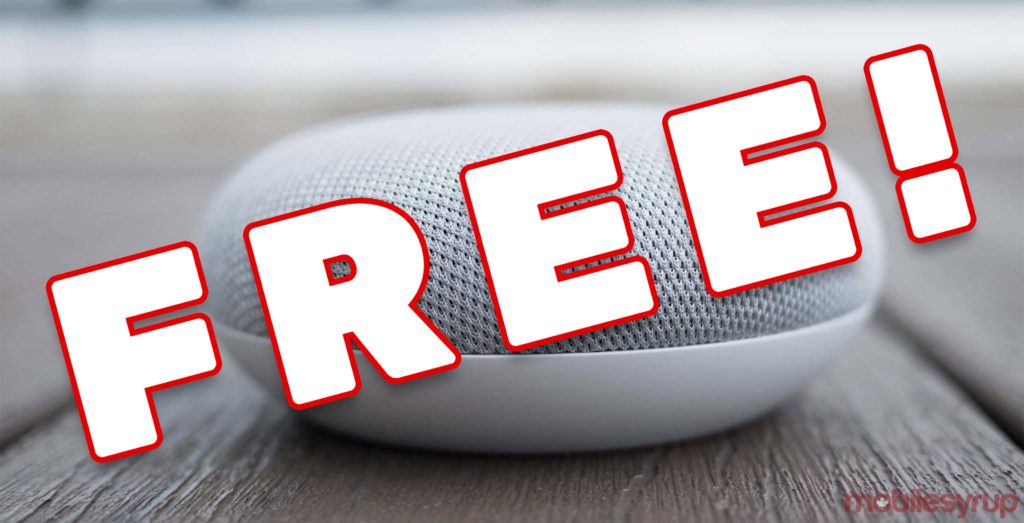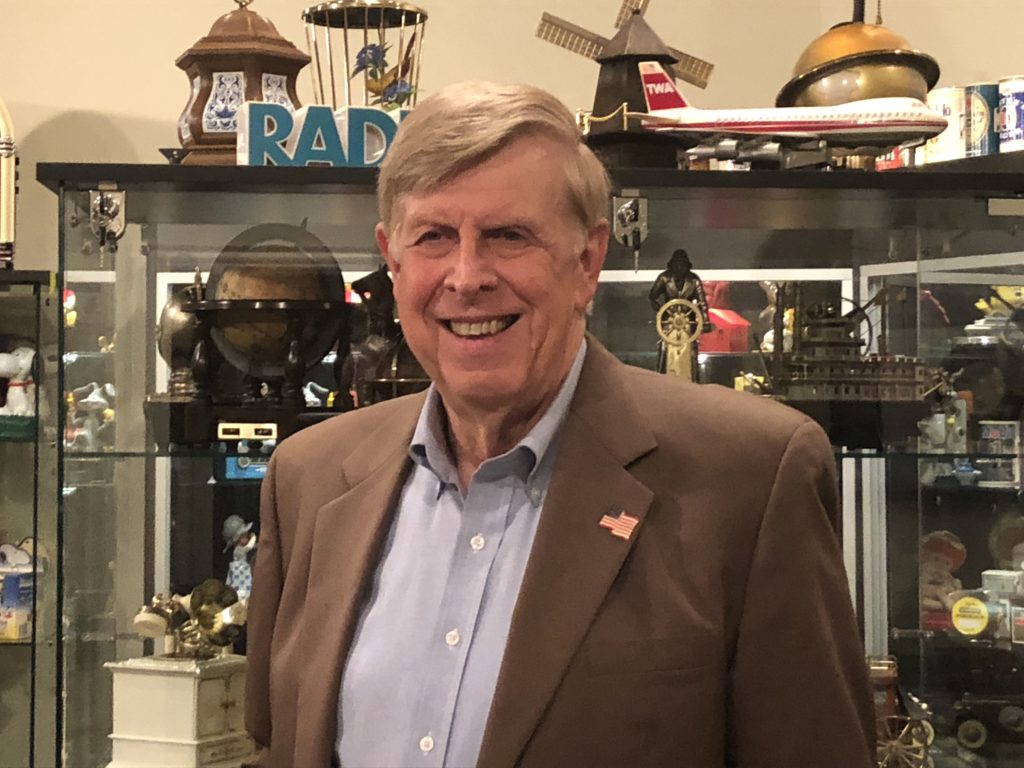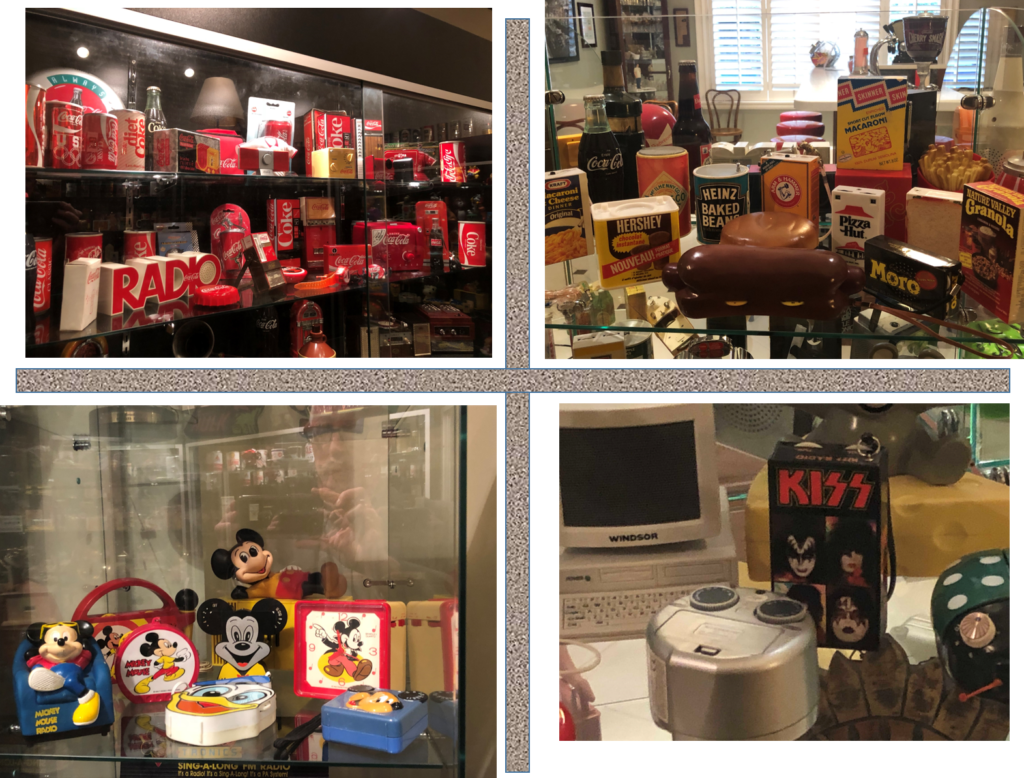
In the web sweepstakes, it’s a battle of the giants – Facebook, Apple, Netflix, Google – and many others. But those four companies I mentioned are so big, they’re known by the acronym FANG in Wall Street circles.
And in fact, they’re the kind of behemoths that have emerged to become among the biggest companies on the planet. So, when a new platform arises – smartphones, social media, streaming video – there’s often a dog-eat-dog race for dominance.
That’s precisely what’s playing out in the smart speaker space. Amazon – thanks to its popular “Alexa” voice – has sprinted out to a big lead. While no one has the exact numbers here in the U.S., most estimates peg the Amazon Echo’s share of the market well above 60%, at least twice as big as Google Home’s piece of the smart speaker pie.
For a competitive company like Alphabet (Google’s parent), that can only mean an even greater effort to steal share from Amazon.
And here’s a suggestion from Morgan Stanley:
Give away a Google Home Mini to every household in America.
For free.
You read that right. The gurus at Morgan Stanley are making the case that for Google, it’s about the distribution battle in their smart speaker fight with Amazon. Here’s the “money quote” from analyst Brian Nowak, courtesy of CNBC.
“We argue Alphabet needs more devices/smart speakers in people’s homes. The growth of voice shopping combined with Amazon’s expected install base advantage could threaten long-term growth in Alphabet’s high-monetizing retail search category…(and)…we believe Alphabet should give away a Google Home Mini to every U.S. (arguably global) household.”
While this seemingly radical move would cost Alphabet a cool $3.3 billion (the Google Home Mini retails for about $34), the calculus is that a Google Home giveaway would be “a small price to pay” in the drag race to dominate the voice command shopping race. Morgan Stanley also argues this tactic would drive up Alphabet’s valuation – and thus, it’s stock price.
Interestingly, this strategy where you give away the hardware in order to control the software (or content) isn’t new. Auto analyst and NAB consultant John Ellis has started numerous times that cars might one day be free, because they’re real value in coming years will be in the data they’ll provide.
Of course, if that was the case, we would have stopped paying for iPhones years ago. Somehow, the geniuses in Cupertino have figure out a way to make billions on the content (apps) as well as the distribution (the smartphones and tablets themselves). But is Morgan Stanley suggesting that Apple is the exception to the changing rules?
This conversation reminded me of what radio used to be. There was a day – a few decades ago – when radios were often given away as promotional items – by just about everyone.
That came home to me exponentially when I was invited to the home of Don Curtis, founder, owner, and the face of Curtis Media Group based in  Raleigh, NC. Don is one of those old school, bootstraps entrepreneurs. Except that in his mid-seventies, he’s as innovative, curious, and motivated by broadcast radio – and what it could be – as when he was that 15 year-old who walked into WKMT in Kings Mountain and applied for his first job. (He didn’t get it, but still has the audition tape).
Raleigh, NC. Don is one of those old school, bootstraps entrepreneurs. Except that in his mid-seventies, he’s as innovative, curious, and motivated by broadcast radio – and what it could be – as when he was that 15 year-old who walked into WKMT in Kings Mountain and applied for his first job. (He didn’t get it, but still has the audition tape).
Don was able to find his family’s vintage radio a number of years ago – a true antique that still works – on the way to building a collection of radios that might be the biggest in the world.
Most of his radios are actually promotional items, many of which were made by major brands like Coca-Cola, Disney, and every beer brand you can think of. These radios were designed and made thousands of companies in much the same way marketing companies produce branded merch, ranging from Post-It Notes to pens to mouse pads.
But back in the 50s, 60s, and 70s, more companies produced and likely gave away these free promotional radios – and when you see them as part of Don’s collection, it’s not just impressive – it’s mind-boggling.
Not surprisingly, Don is a rabid collector – not just of radios, but also his beloved alma mater, the University of North Carolina and other memorabilia he treasures and proudly shows off. But it’s his radio collection that is beyond impressive, reminding those lucky enough to see it just how mass appeal and pervasive radio was in people’s lives not that many years ago.
Today, it’s not easy to buy a radio, much less receive one as a promotional tchotchke. Walk into a BestBuy and ask where you can find an AM/FM radio, and you’re likely to see a puzzled face on the blue-shirted employee you’re talking to. Yes, you can still buy a radio, but it has gotten much more difficult to do so in a world where everything is one sale.

Of course, the aforementioned auto industry is the other piece of the puzzle. For nearly a century, they’ve given away free radios, too – embedded in the dashboard of virtually every vehicle to roll off the assembly lines, whether they’re in Detroit, Tokyo, Frankfort, or Seoul.
Ultimately, we’re in the middle of a movement that points to the value of content and the consumer – not distribution. In an age of attribution, it’s all about the customer and the data she generates that moves the needle. The device on which she consumes that content – whether it’s Alexa, an iPhone, a Ford SYNC dashboard, or a laptop – is secondary to the usage itself.
Thinking about Morgan Stanley’s radical idea to give away Google Home Minis, it’s reminiscent of promotional campaigns conducted by many of the radio broadcasting companies you work for now, giving away AM Stereos in the ’80s, and HD Radios in the ’00s.
It’s always been about the content, but today, success is being measured differently. That’s evident in Morgan Stanley’s recommendation to Alphabet/Google. Distribution is a given, the value of the consumer is the changing variable now.
Traditional media sellers hear their new marching orders daily – show me actions, not just eyes and ears in a rating book. Attribution and ROI are the new watchwords that drive decision-making.
For radio to maintain its position – or even grow it in the coming years – it will come down to its ability to sustain its content, while maintaining its distribution in a world where “real radios” are disappearing from households, workplaces, while getting lost in dashboards amidst the myriad other options.
A walk through Don Curtis’ house is a vivid reminder of how the world of radio has radically changed in just a few short decades. Curtis Media Group is building ancillary businesses and portals on the web, as well as expanding its presence via translators, mobile apps, and other technologies that didn’t exist when Don took to the air on WLTC in Gastonia, NC. I’m sure that every time he peruses his vast collection of radios, the reality of today’s media business hits home.
Radio broadcasters once took distribution for granted. But not anymore.
To stay in the game, it will have to answer the call to continue creating competitive content while maintaining every distribution channel it can.
Of course, if Coke, Disney, Nike, and Starbucks want to start giving away free promotional radios, that would be OK, too.
- Why “Dance With Those Who Brung You” Should Be Radio’s Operating Philosophy In 2025 - April 29, 2025
- The Exponential Value of Nurturing Radio Superfans - April 28, 2025
- What To Do If Your Radio Station Goes Through A Midlife Crisis - April 25, 2025




Such an important insight, Fred. You recall we gave away FM converters in the ‘70’s, too, which enabled millions to sample, enjoy and then demand revolutionary, new and static-free FM programming in cars which previously came standard with AM only. AM Stereo and HD weren’t exactly transformative. So yes, maintaining distribution is essential, but only if the content is qualitatively better than whatever else is available. And with smartphones and voice interactivity, it’s all available. I hope today’s radio programmers and tomorrow’s innovators and disrupters are paying attention.
Larry, me, too. And thanks for the reminders about those FM converters. That was the beginning of in-car sound systems. Many thanks for the comment.
Fred, Interesting to note – the new Tesla Model 3 does not have an AM/FM radio in the car. Tesla is promising a future update that will include a radio, but nothing so far. Through the big screen in the middle of the front there are all kinds of audio choices, streaming services, podcasts, and your own cell phone audio library. But unless the driver’s cell phone contains a radio station app, there is no radio in those new cars. Seems to me it would be a good idea for radio to use it’s promo magic to encourage perspective buyers and station staffers to ask Tesla, “hey, where’s the radio?”
Lee, I saw an “unofficial” video of the Model 3 many months ago, and brought it to the NAB’s attention. Yes, every radio broadcasters should ask that question – and hopefully, a lot of consumers will think to ask it, too. Good to hear from you.
I would like to get a free radio.
Sorry, Jeff. This is not a giveaway. That was just the name of a blog post.
I would like to get free radio.
I would like to receive the free radio, thank you.
It’s in the mail. 🙂
I would like the emergency radio.pppl
Robert, it was the name of a blog post, not a free offer. Sorry.
I would like a free radio. I live in a very rural area so don’t get information very quickly. We can’t even get reliable internet.
I’m sorry, Victoria. It was just the name of a blog post – not a free offer.
I would like to receive the free radio. Thank you!
Sorry, Jacquelyn. There is no free radio offer.
very misleading obviously
So basically it was pure DUCK QUACK! About the free radio.